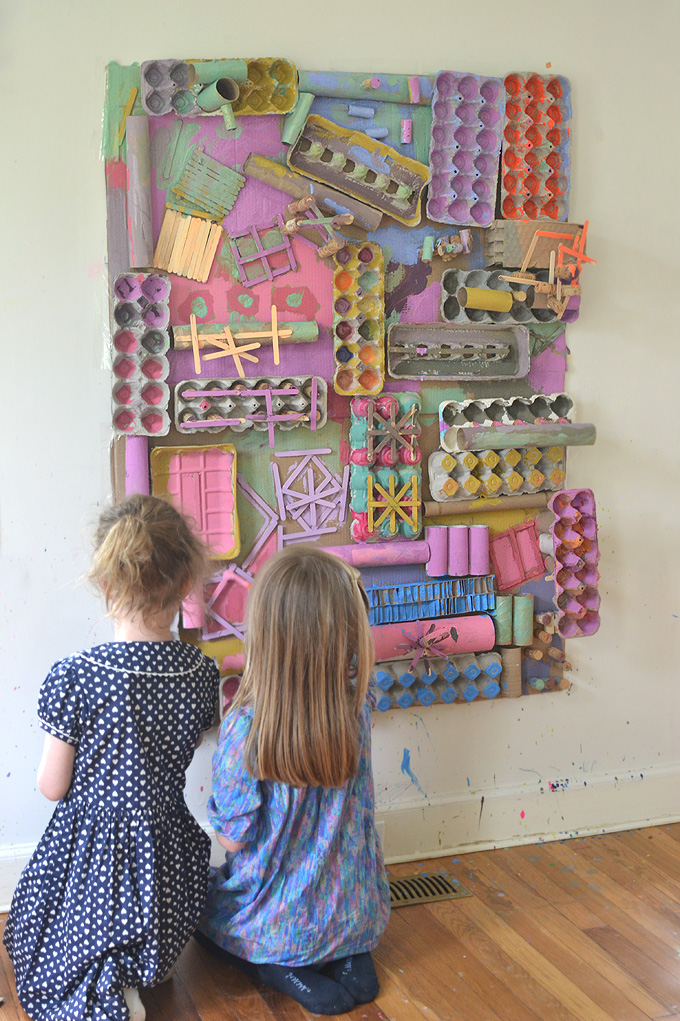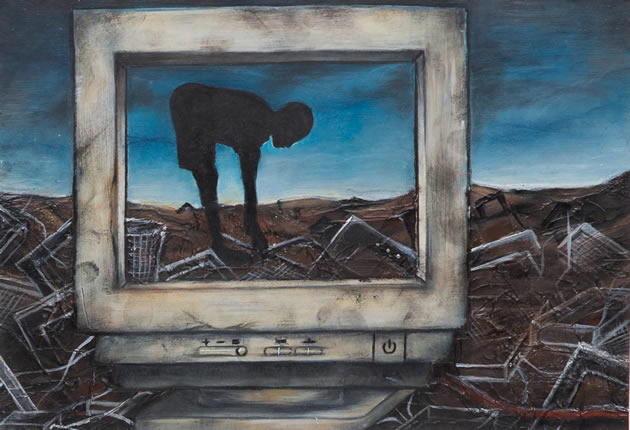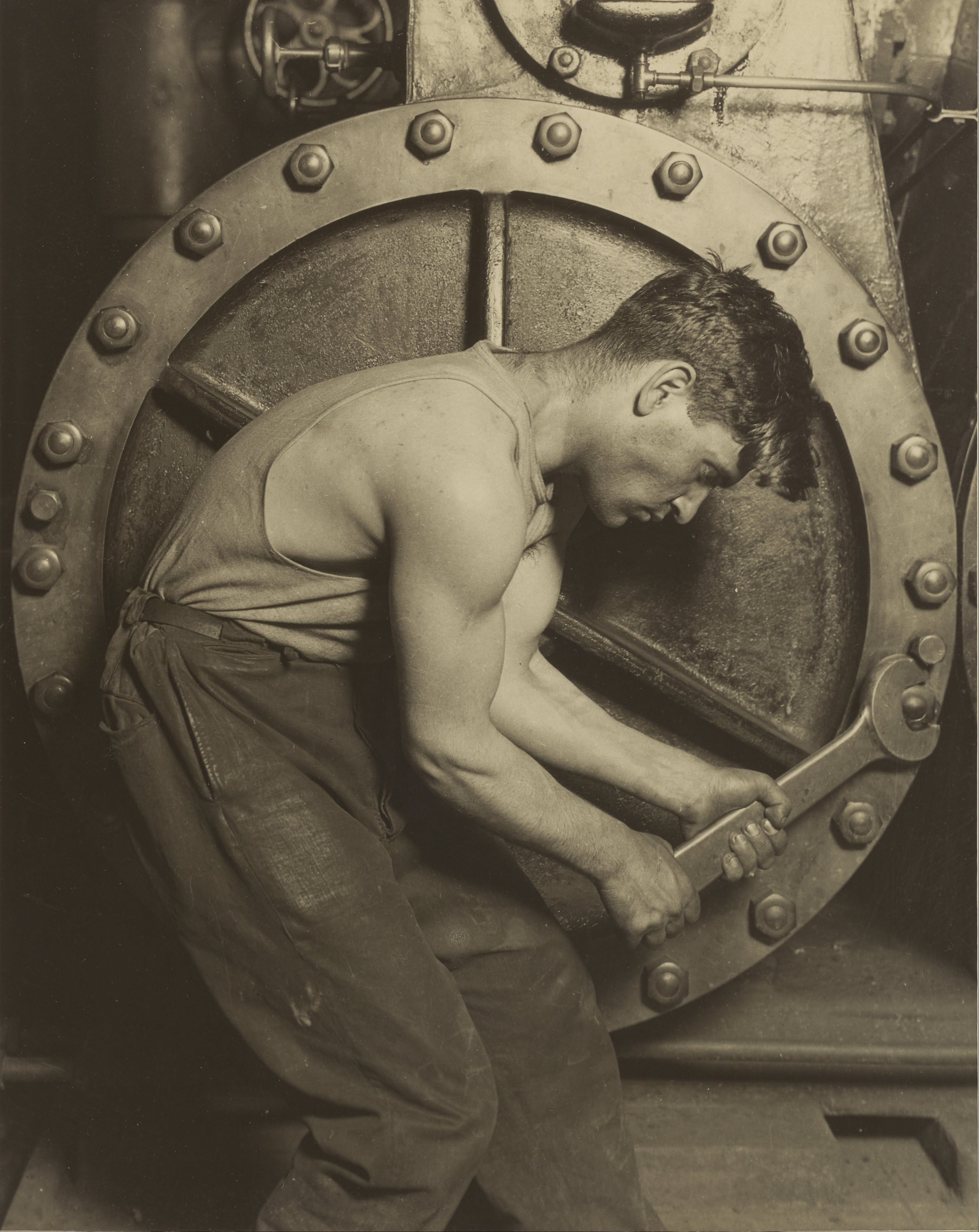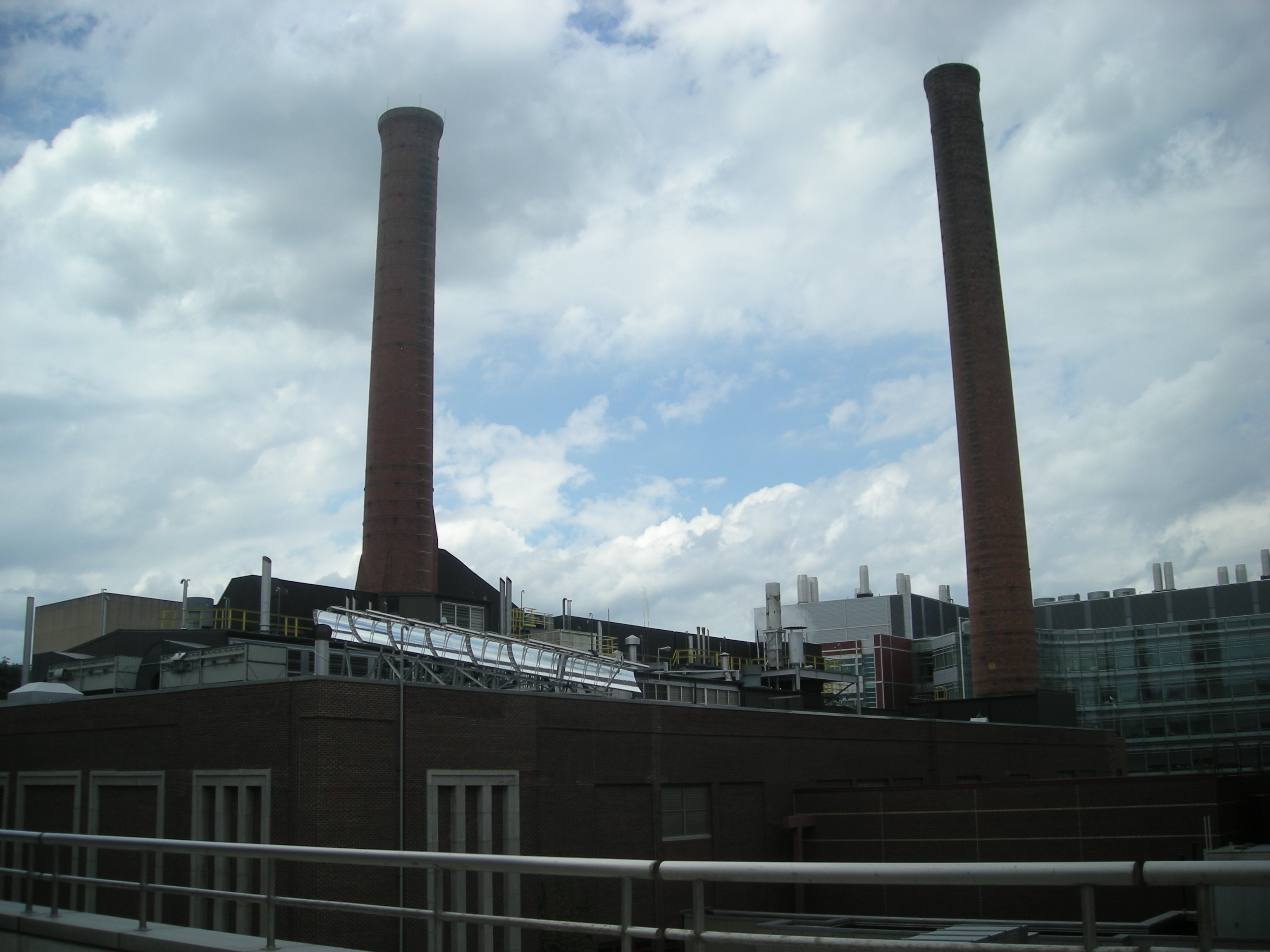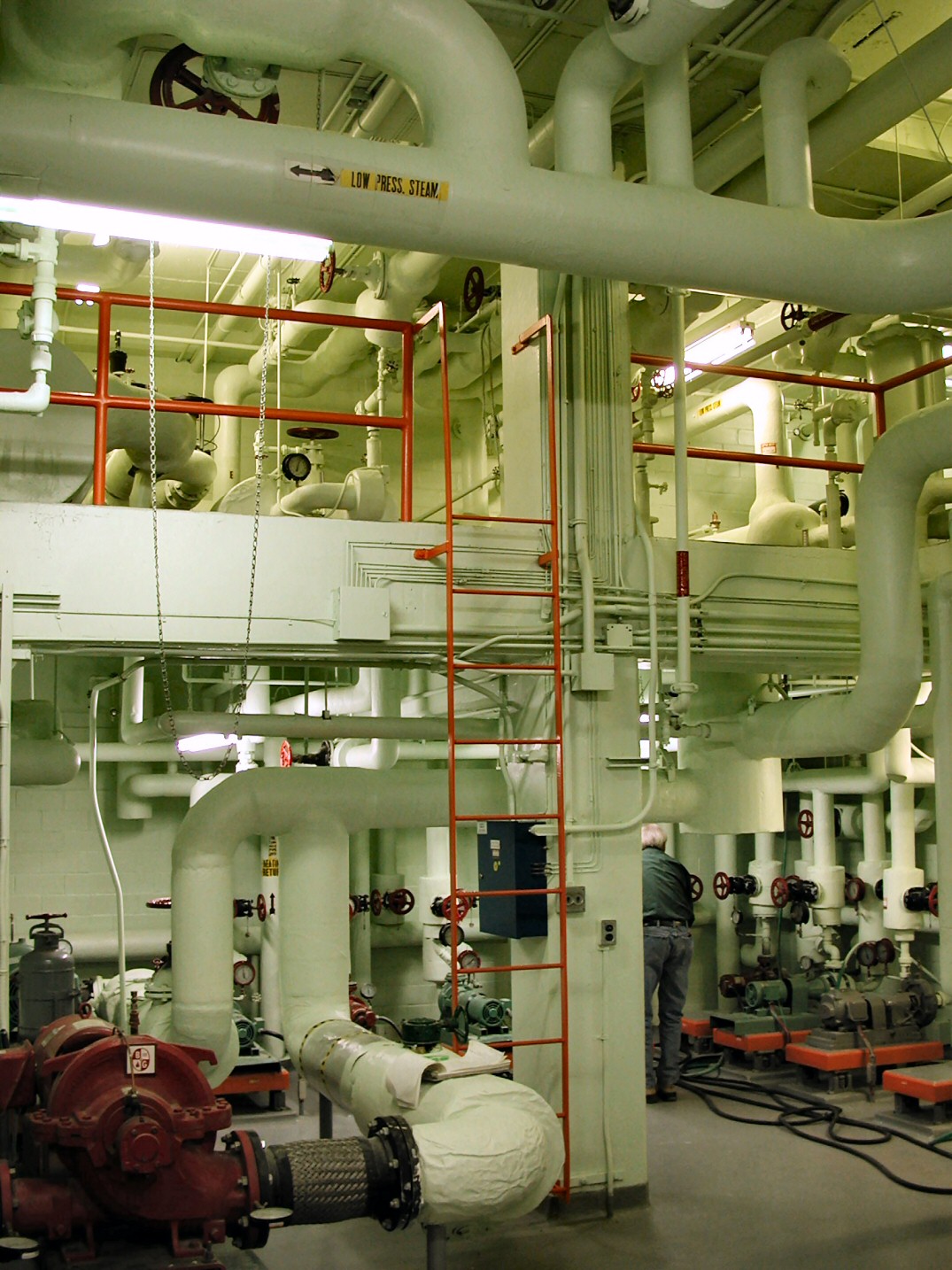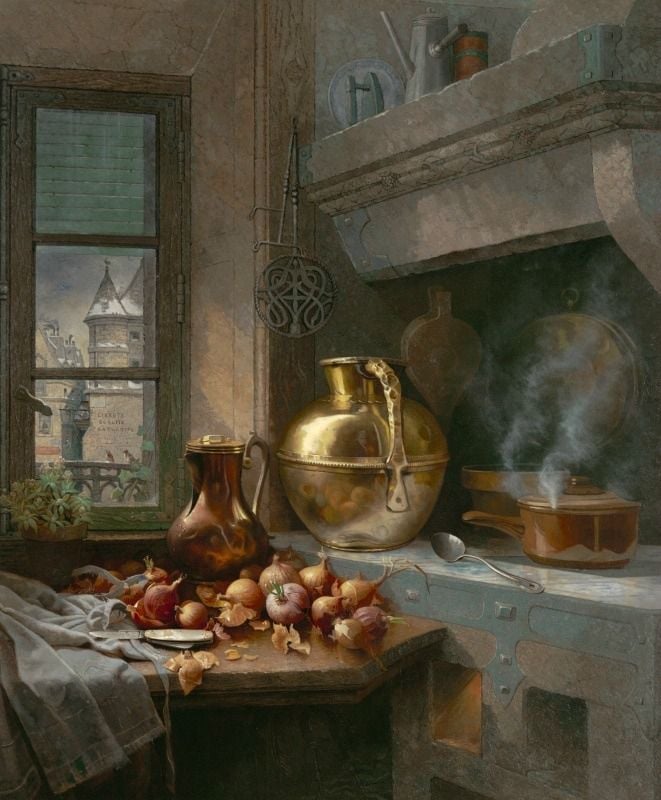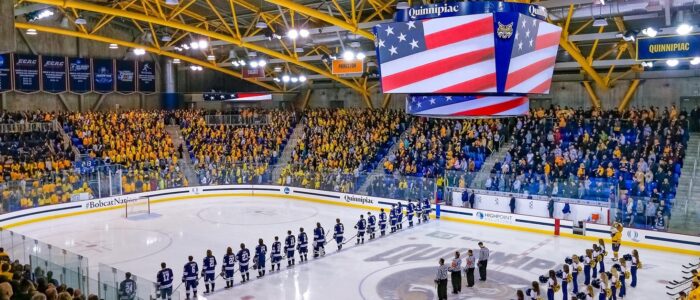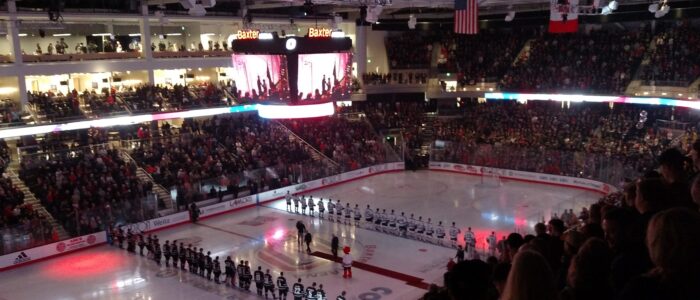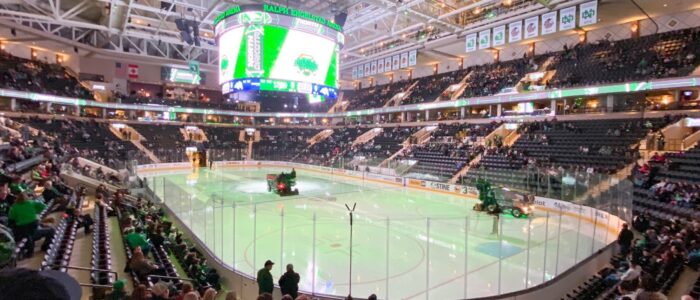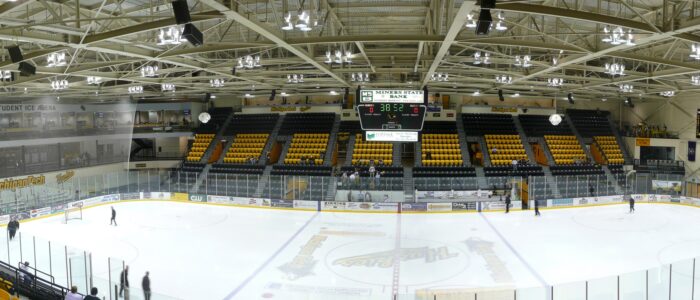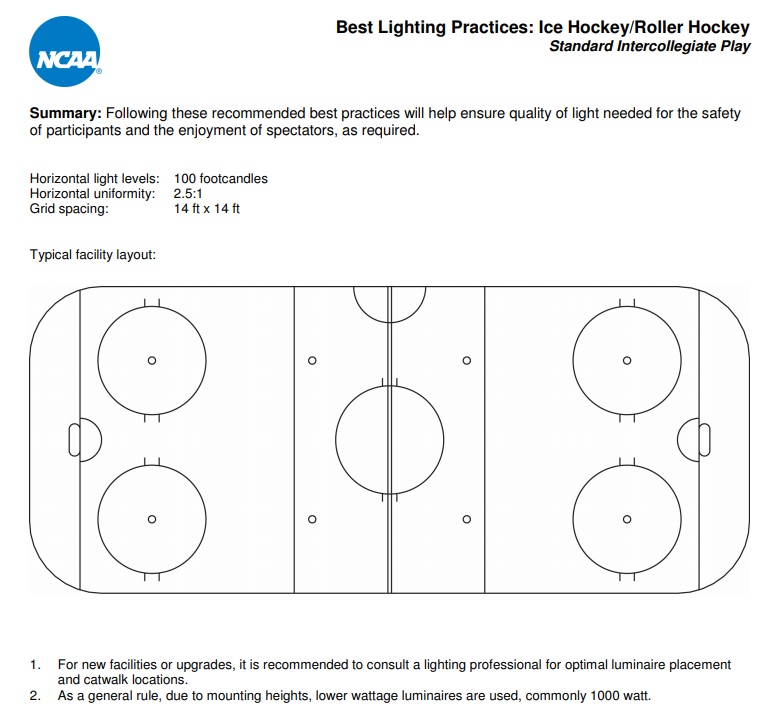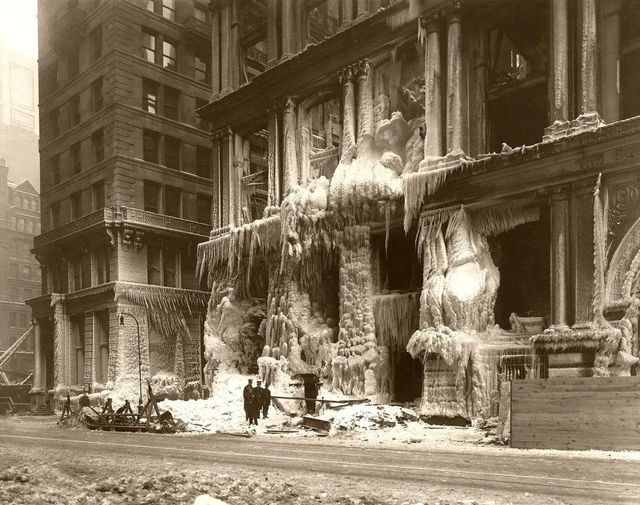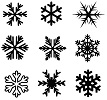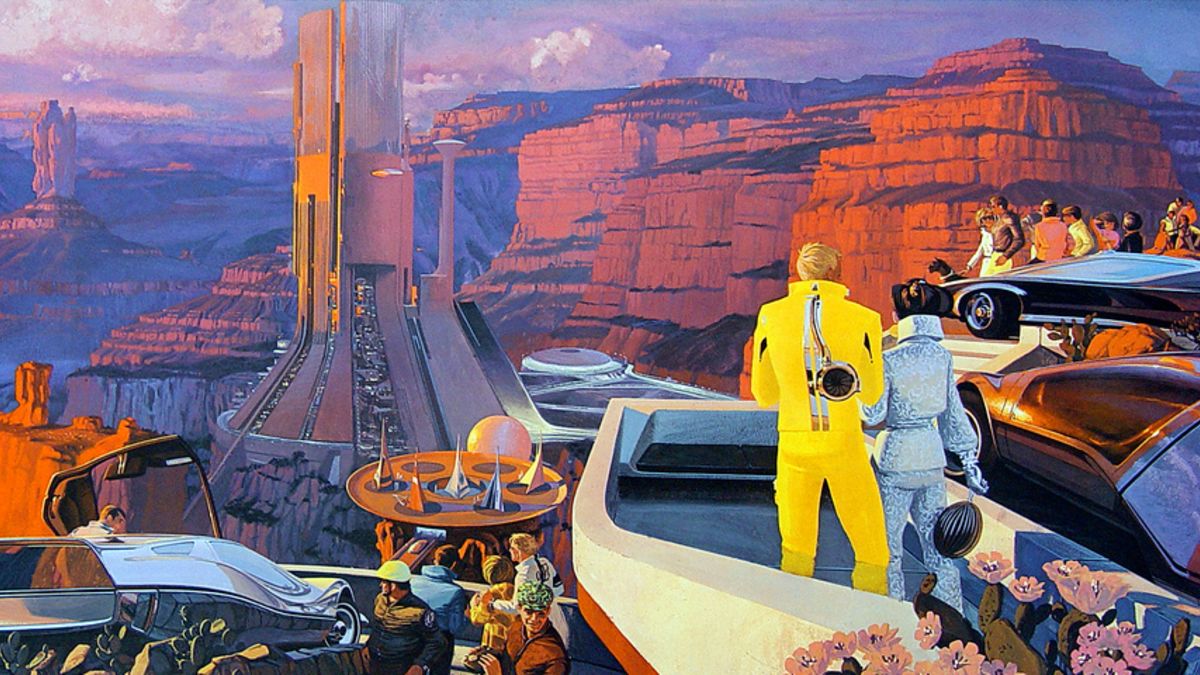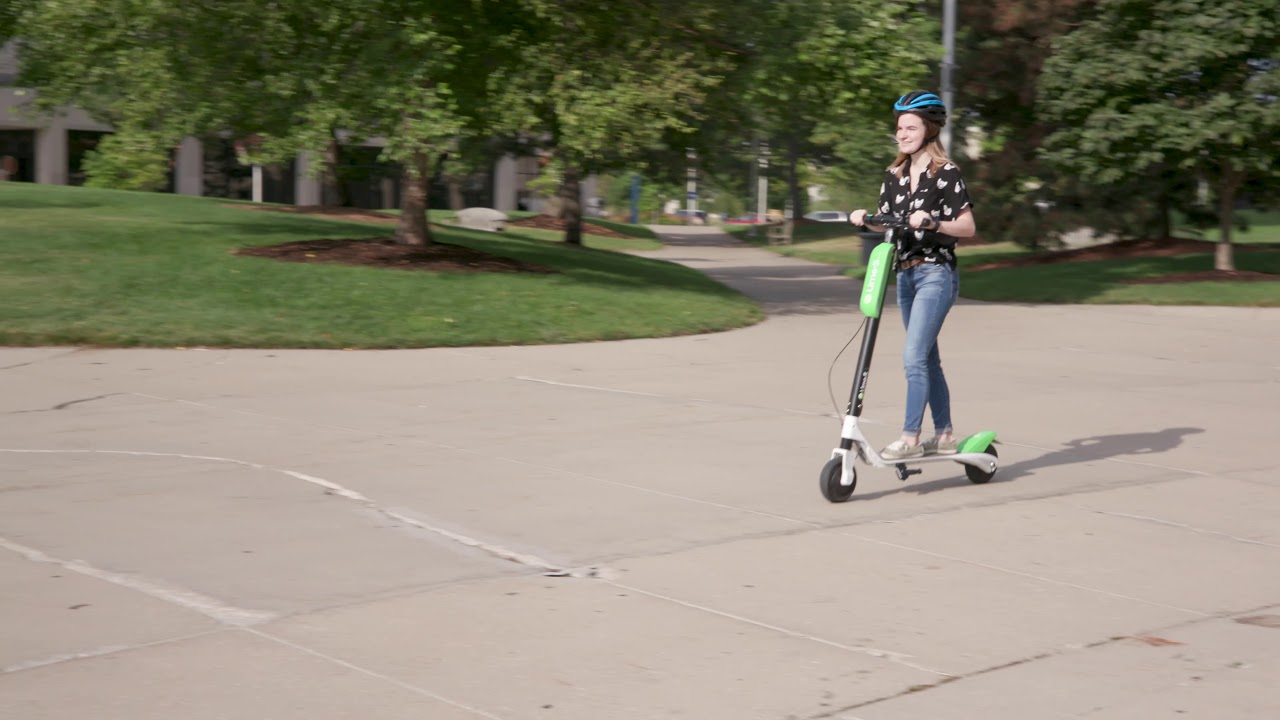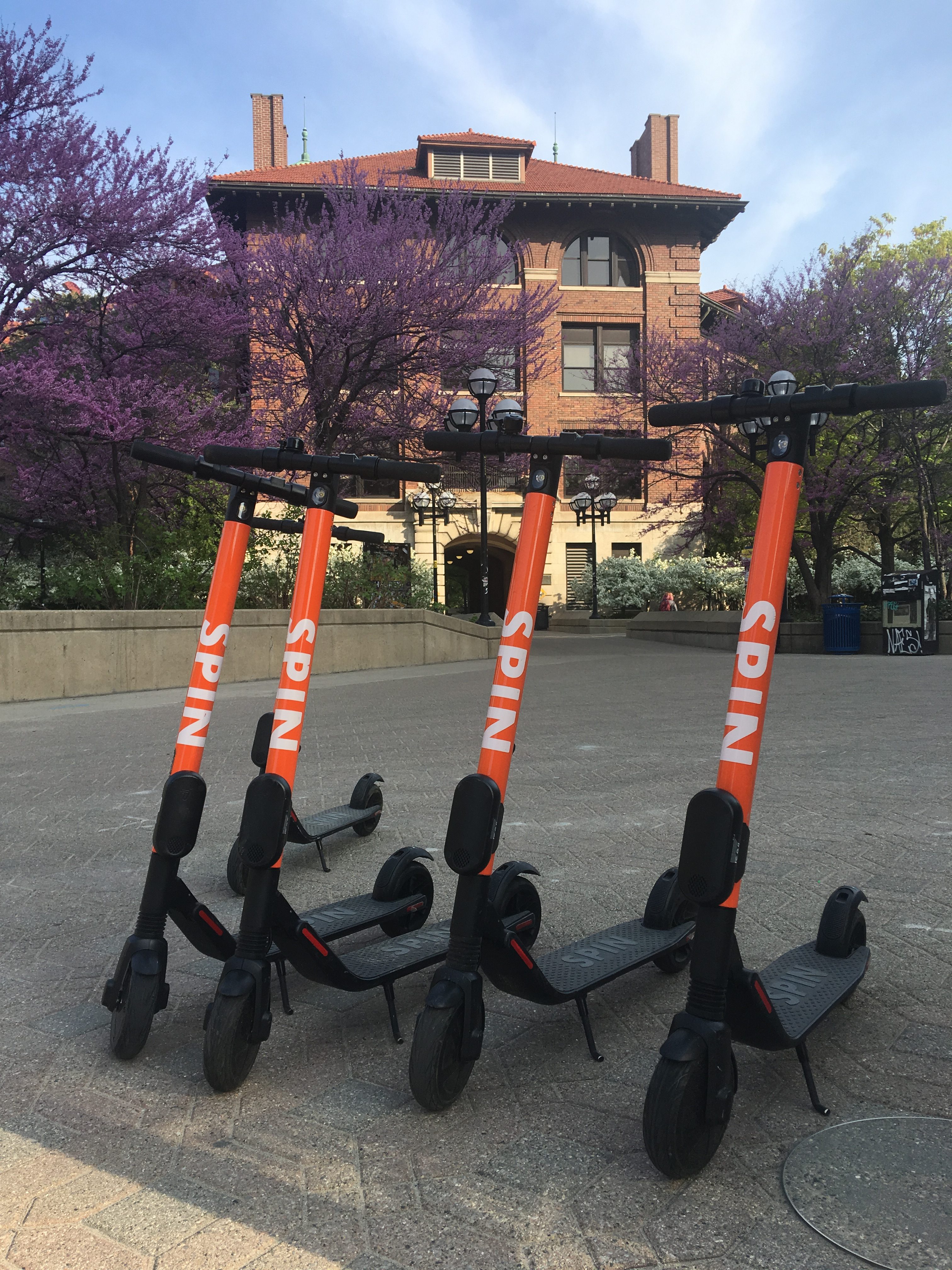Today we pick through the literature for best practice in recycling enterprises in education communities. We have been keeping pace with the evolution of regulations in this domain for over 15 years now. Much like the security zietgeist the number of organizations involved in standards setting and conformance will likely surprise you. It is a cross cutting topic with a growing body of expert agencies claiming some part of the domain.
We will also pick through a few representative legislative proposals. Use the login credentials at the upper right of our home page.
Smart Recycling Machine to collect the wasted Non-woven Fabric Face Mask
*May 10, 2021
We have been keeping pace with the evolution of regulations in this domain for over 15 years now. Hydra-like growth in policy think tanks and standards-developing organizations expanding into this domain will likely surprise you. For example, in no particular order:
College and University Recycling Association
NSF International Joint Committee on Environmental Leadership Standard for Servers
Sustainability Leadership for Photovoltaic Modules
Reconditioned Electrical Equipment
Sustainable Electronics Recycling International
Environmental Protection Agency: Land, Waste, and Cleanup Topics
As in other domains, the private standards system competes with government “influencers” and incumbent proxies who make markets through legislation.
Specific requirements must be met for recycling to be economically feasible and environmentally effective. These include an adequate source of recyclates, a system to extract those recyclates from the waste stream, a nearby factory capable of reprocessing the recyclates, and a potential demand for the recycled products. These last two requirements are often overlooked—without both an industrial market for production using the collected materials and a consumer market for the manufactured goods, recycling is incomplete and in fact only “collection”.
“Not only is it good for recycling stuff, but you also see young and old working together. It connects,” said student Bjorn. @eindhovenlife @summacollege #repaircafe #voicesforrepair #GENERATIONS https://t.co/SlCx0bdTdI
— Mend It, Australia is Karen and Danny Ellis (@MendItAussie) June 4, 2022
Proud to have won two @CambridgeSust Green Impact awards for our environmental efforts. The College won a Platinum award for the 2nd year, plus an award for its mixed waste recycling points.
Well done to Jo and Justine (pictured) who led the recycling station project. pic.twitter.com/zRNbkiuQFK
— Jesus College (@JesusCollegeCam) June 6, 2022
Which Australian beaches are microplastic hot-spots? Research from Macquarie University’s AUSMAP project can help you to find low pollution beaches: https://t.co/JK43XMuAIL #microplastics #AustralianBeaches #plasticpollution @AUSMAP_AU pic.twitter.com/FZDgsAZ0Gz
— Macquarie University (@Macquarie_Uni) January 21, 2022




